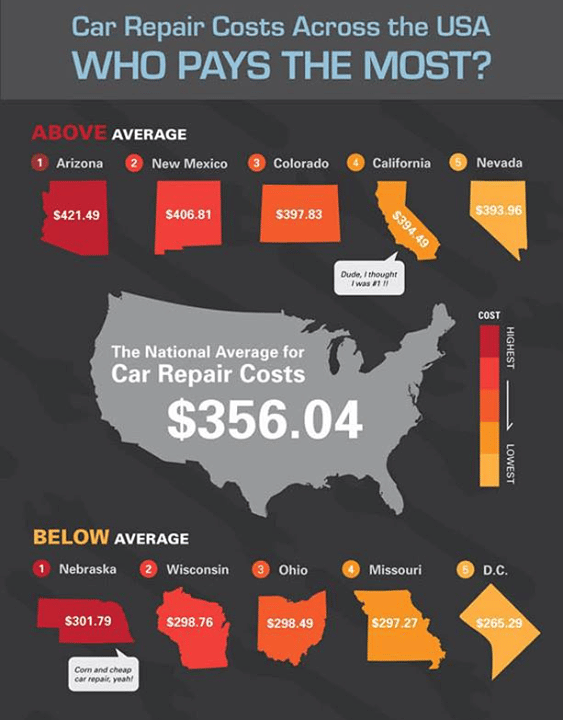Seeking Clarity On The Warning Lights Displayed On Your Auto'S Dashboard? Find Out Just How They Relate To Your Vehicle'S Health And Wellness
Seeking Clarity On The Warning Lights Displayed On Your Auto'S Dashboard? Find Out Just How They Relate To Your Vehicle'S Health And Wellness
Blog Article
Short Article Created By-Hartley Torres
When you lag the wheel, those beautiful caution lights on your control panel can be a little bit difficult. Do you know what they're trying to inform you regarding your car's health? Understanding the value of these lights is vital for your safety and security and the long life of your lorry. So, the following time one of those lights turns up, would not you want to decode its message properly and take the needed steps to resolve it?
Common Caution Lights and Interpretations
Identify typical caution lights in your automobile and understand their significances to make sure risk-free driving.
https://www.kcentv.com/article/money/economy/auto-repair-shops-feeling-pressure-of-inflation/500-6ad4af42-cfe2-481f-ab80-4508584357b2 of the most regular caution lights consist of the check engine light, which signifies problems with the engine or discharges system. If this light begins, it's crucial to have your vehicle checked promptly.
The oil stress alerting light suggests reduced oil stress, needing immediate interest to stop engine damages.
A blinking battery light might suggest a defective billing system, possibly leaving you stranded if not addressed.
The tire stress monitoring system (TPMS) light signals you to reduced tire pressure, influencing car security and gas performance. Ignoring car detail nz could result in hazardous driving problems.
The abdominal light suggests an issue with the anti-lock braking system, endangering your capacity to stop promptly in emergency situations.
Last but not least, the coolant temperature warning light warns of engine getting too hot, which can cause severe damages if not dealt with quickly.
Understanding these typical caution lights will certainly aid you deal with concerns quickly and keep safe driving conditions.
Value of Prompt Attention
Recognizing the typical warning lights in your car is only the primary step; the value of promptly attending to these cautions can't be stressed enough to guarantee your safety and security when traveling.
When a warning light brightens on your control panel, it's your car's means of interacting a prospective issue that requires attention. Disregarding these warnings can cause a lot more serious problems later on, compromising your security and possibly costing you a lot more in repairs.
Motivate interest to advising lights can prevent breakdowns and accidents. For example, a blinking check engine light could indicate a misfire that, if left unattended, could cause damage to the catalytic converter. Resolving this quickly can conserve you from a costly repair work.
Similarly, a brake system advising light may signal reduced brake fluid or used brake pads, crucial parts for your safety and security when driving.
Do It Yourself Troubleshooting Tips
If you notice a caution light on your control panel, there are a couple of do it yourself troubleshooting suggestions you can try before looking for specialist assistance.
The very first step is to consult your auto's handbook to understand what the details caution light suggests. In car clean can be as straightforward as a loosened gas cap triggering the check engine light. Tightening the gas cap may fix the problem.
Another common problem is a reduced battery, which can set off different advising lights. Inspecting the battery connections for rust and ensuring they're safe and secure could repair the issue.
If a warning light continues, you can attempt resetting it by separating the vehicle's battery for a couple of mins and then reconnecting it. In addition, examining your vehicle's fluid degrees, such as oil, coolant, and brake liquid, can help repair alerting lights connected to these systems.
Verdict
To conclude, recognizing your car's warning lights is essential for keeping your car running efficiently and securely. By immediately resolving these alerts and understanding what they mean, you can prevent costly repairs and prospective break downs.
Remember to consult https://brakelinefittings84062.wizzardsblog.com/30274581/actions-to-discover-a-trustworthy-car-repair-shop-in-your-region for certain details on each alerting light and act appropriately to ensure a hassle-free driving experience.
Stay informed, stay risk-free on the road!
